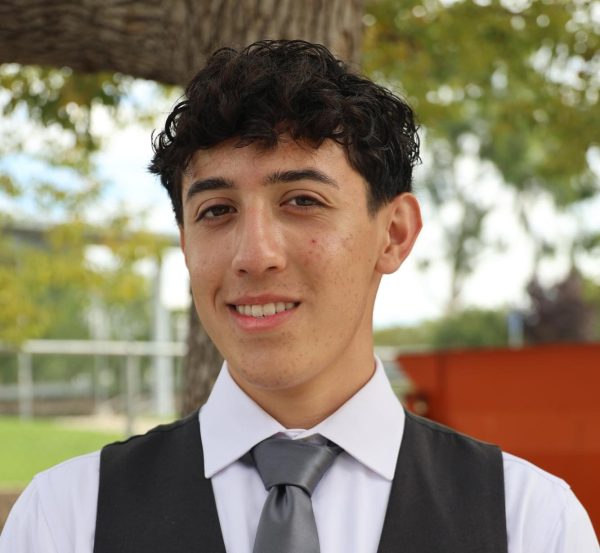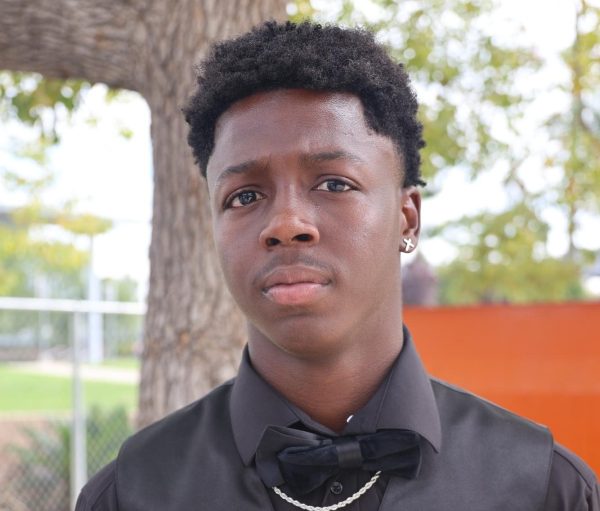Is Cryotherapy Just a Gimmick?

Athletes are often willing to do anything they can to gain a performance advantage. Sometimes, that means the use of performance-enhancing drugs, but there are also many legal ways to boost one’s performance. Well-known methods include foam-rolling, ice bathing, compression, and carbo-loading. Some athletes even resort to a method called cupping, during which heated glass cups are applied to the skin to stimulate energy flow. A recent development in exercise recovery is the process of cryotherapy. However, many are unsure if it can actually have corporal benefits like carbo-loading, or if it is just a gimmick, like many argue cupping and other performance enhancers to be.
Essentially, cryotherapy is the process of using liquid nitrogen, cooled below -200°F, to help the body recover from high intensity physical activity. Cryotherapy is typically used for the whole body, which is enclosed in a specialized chamber for three to five minutes, but it can also be used locally on a specific part of the body. Advocates of cryotherapy claim it is able to halt inflammation and prevent muscle soreness and fatigue through cold therapy. Cryotherapy does this by sending blood (enacted by the cold temperatures) through the muscles, flushing out lactic acid and toxins. CHS sophomore and Track/Cross Country athlete Yoon Cho was adamant about its benefits.
“Cryotherapy helps me recover much better and dramatically speeds up the recovery process,” Cho said. “After cryotherapy, I feel less tight and my body can function much better.”
Luckily for CHS athletes, cryotherapy treatment is available locally. The Recovery Lab in Claremont offers both full body cryotherapy and localized cryotherapy, in addition to other recovery treatments including massage, stretching, and compression. CHS sophomore and Cross Country runner Kory Brown is a Recovery Lab employee and has seen many athletes find benefits in the technique.
“For athletes, cryotherapy will move blood quickly to the core, and because it is so cold, it is very fast and efficient,” Brown said. “When I see athletes commit to cryotherapy, I usually see their injuries go away, and much of their pain and inflammation will disappear.”
Although there are many proponents of cryotherapy, there is relatively little scientific backing for the practice. A study in The American Journal of Sports Medicine found cryotherapy resulted in no long term muscle recovery compared to the controlled group after high intensity exercise. Similarly, a study looking at the effects of cryotherapy on pain realization, tissue damage, and blood flow from the journal “Extreme Physiology & Medicine” concluded that although cryotherapy increased blood flow and decreased pain rate among users, it did not show increased recovery from tissue damage. Thus, it is uncertain whether or not cryotherapy has nothing but a placebo effect.
However, for many athletes, the placebo effect is worth it. Having that slight edge in mental confidence can make or break a game, race, or match. As a result, cryotherapy has become standard in the sports recovery industry and is frequently used by the CHS Track and Cross Country teams. If CHS athletes take advantage of the opportunity to try cryotherapy or other recovery techniques, similar to Cho and Brown, they may begin to see the benefits themselves.
Hello there! Our goal is to provide relavent, engaging journalism for readers of all ages. Your donation will support the student journalists of the Wolfpacket at Claremont High School, and will allow us to purchase equipment, print our monthly issues, and enter in journalism competitions. We appreciate your consideration!

Jaden Clark is a senior attending Claremont High School. It is his third year on the Wolfpacket, and he is currently an Assistant Editor-in-Chief. Clark...










